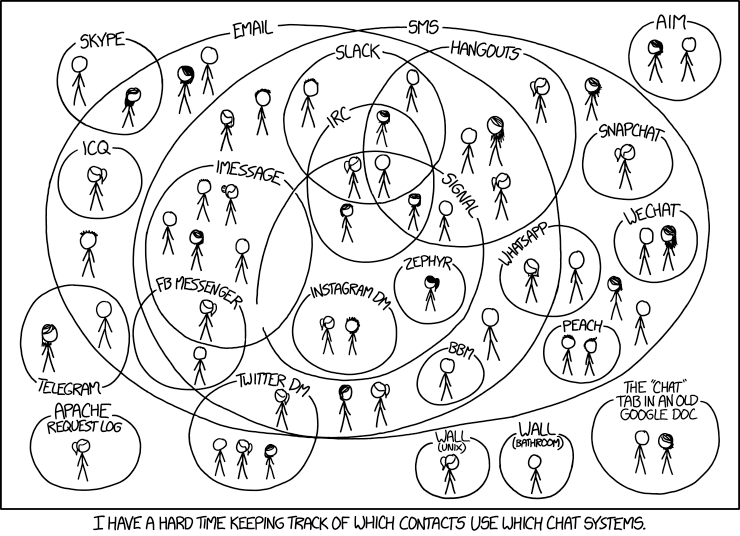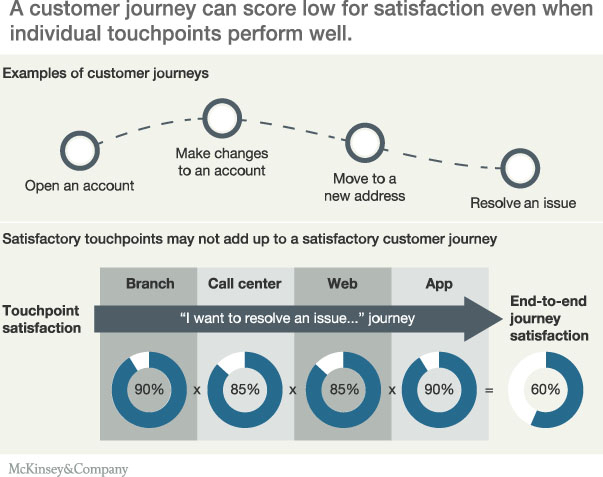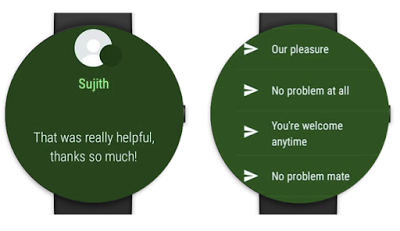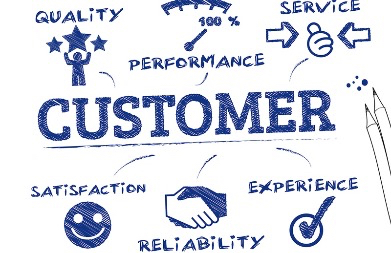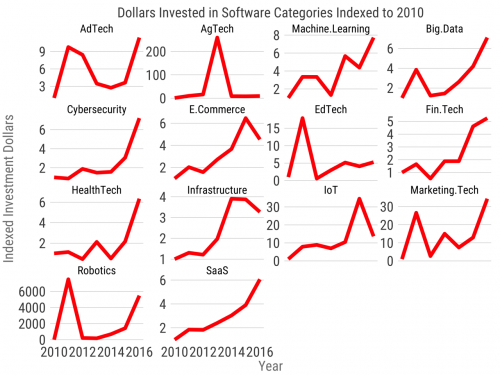Content management, marketing, and digital experience
How to submit a speaking proposal
- Review the conference and track descriptions below.
- Read the Speaker Guidelines. If you have questions not answered in the guidelines email us at speaking@gilbane.com. Don’t worry too much about which track you suggest for your proposal, unless it is for a post-conference workshop.
- And…
The deadline for proposals is June 2, 2017
Conference Description
The Gilbane Digital Content Conference is focused on content and digital experience technologies and strategies for marketing, publishing, and the workplace. We help marketers, IT, business, and content managers integrate content strategies and computing technologies to produce superior customer experiences for all stakeholders.
Track Descriptions
The conference tracks are organized primarily by role/function as described below. We encourage proposals on all relevant topics.
Track C: Content, Marketing, and Customer Experience
Focused on… how to overcome challenges and implement successful strategies and practices to reach, engage, and retain customers with superior content and digital experiences.
Designed for… marketers, marketing technologists, social marketers, content strategists, web content managers, content marketers, content creators and designers, business and technology strategists focused on customer experience and digital marketing.
Track E: Content, Collaboration, and Digital Workplace Experience
Designed for… content, information, technical, and business managers focused on collaboration, knowledge sharing, intranets, enterprise search, social, and internal, field, and backend content applications.
Track T: Technologies for Content, Marketing, and Digital Experience
Focused on… what you need to know about evolving, and potentially disrupting, content and digital experience technologies for marketing and the workplace.
Designed for… technology strategists and executives focused on near-term and future software for creating, managing, and delivering compelling digital experiences across platforms, channels, and form factors.
Track P: Re-imagining Digital Strategies for Publishing and Media
Focused on… the business and technical challenges facing information, publishing, and media organizations creating, managing, and delivering content across the growing number of competing platforms and channels.
Designed for… publishing and information product managers, marketers, technologists, strategists, and executives focused on digital transformation, new channels and business models, and managing digital assets.
Post-conference Workshops
These are intensive three hour sessions.
Remember! The deadline for proposals is June 2, 2017
